Rich, creamy, with skin rejuvenating properties - this winter face moisturiser has everything you need to protect you throughout the colder months! Between the harsh winds, dry air and central heating, it can feel like an all-out war is being raged on your skin. So now’s the perfect time to bolster your defences by making this moisturising face cream that effortlessly blends into your skin.
Recipe
Water phase:
- 152g Water
- 4g Glycerine
- 2g Coconut Milk Powder
Oil Phase:
- 12g Shea Butter
- 16g Jojoba Oil
- 8g Emulsifying Wax
- 4g Cetyl Alcohol
Cool Down:
- 2g Fruit Extract AHA (Alpha Hydroxy Acids)
- 2g Preservative eco
- 2g Vitamin E Oil
Method
- Measure out your water phase ingredients: Water, Glycerine, Coconut milk powder and your oil phase ingredients: Shea Butter, Jojoba Oil, Emulsifying Wax and Cetyl Alcohol
- Gently melt both phases in separate heatproof containers over a low heat using a double boiler or bain marie
- Once the oil and water phases have completely melted, mix together and transfer to a flat surface
- To create a light and airy emulsion, use an immersion blender. As the mixture cools and more air is incorporated, it will start to thicken and change to a pale cream colour
- When you are happy with the consistency, you can move on to adding the cool down phase
- Use a scale to add your preservative (preservative eco), antioxidant (vitamin E oil) and any essential oils you wish to add for fragrance
- At this stage also add the Fruit Extract AHAs. Alpha Hydroxy Acids should not be heated and therefore are added in the cool down phase
- Give a short, quick mix either by hand or using a blender just to ensure all the ingredients are evenly distributed
- Store your natural Winter Face Cream in a dark-coloured or tinted glass container or airless pump bottle. This will help to prolong its shelf life
This recipe makes 200g. See the interactive winter face moisturiser formula to customise this recipe and amount.
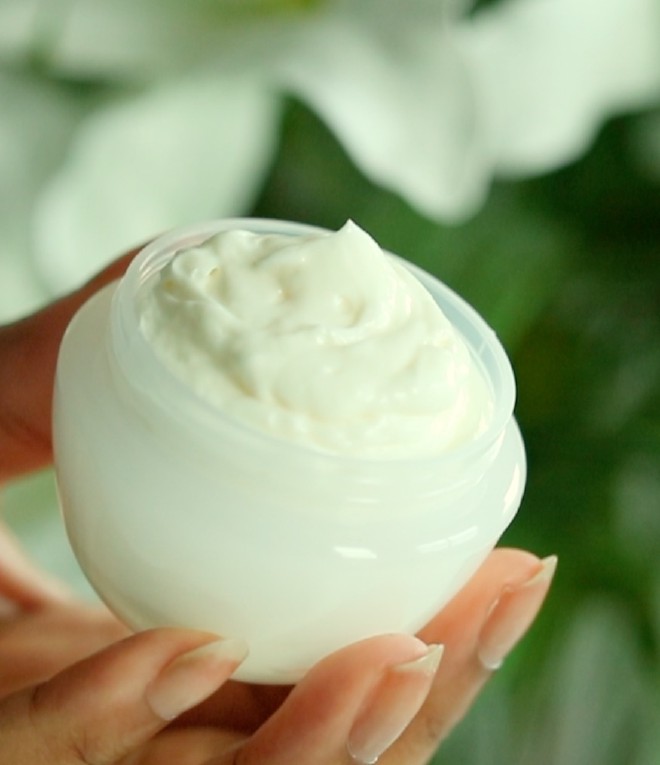
Why use winter moisturisers?
Ever wonder why your favourite face cream stops working? During the winter months, the colder temperatures, harsh winds and low humidity can upset your skin’s moisture levels. The dry air draws moisture away from the outer layers of your skin leaving it prone to dryness, patchiness and general irritation. Central heating can also increase skin sensitivity, leading your skin to respond differently to creams and treatments that might have worked for you in the warmer months.
But all is not lost! Simply switching your face cream to a more intensive moisturiser can make all the difference in restoring your skin’s natural barrier and maintain a healthy glow.
There are a few things to look out for when it comes to good winter face creams as even though we’re upping the moisturising agents we still need to be careful to prevent any clogged pores or “greasiness”.
But get the balance right and you can beat the elements!
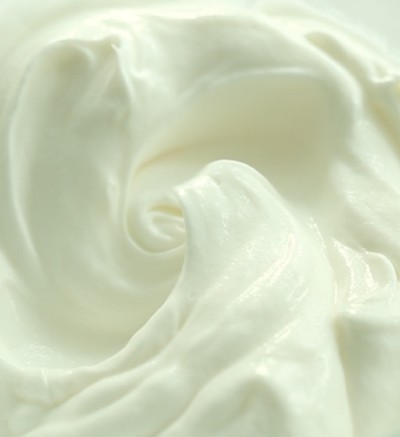
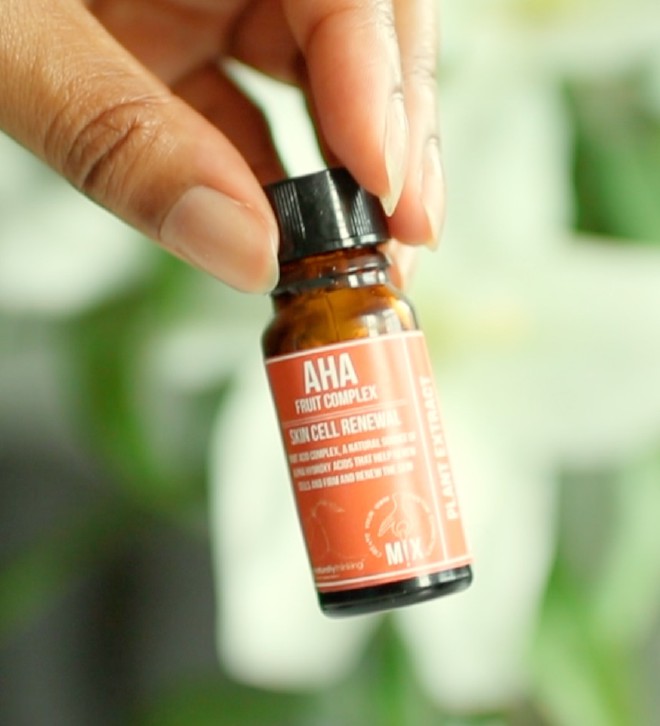
What are Alpha Hydroxy Acids (AHAs)?
Yeah, I know… “Alpha Hydroxy Acids” aren’t exactly the most natural-sounding ingredients… but they’re actually naturally occurring acids found in everything from fruits to mammals. They’re used in a variety of skincare products because they’re great exfoliators. Exfoliation can be either physical (think body scrubs) or chemical (e.g. chemical peels). Acids are typically used as chemical exfoliates because they can breakdown dead skin cells without disrupting the healthy layers of skin beneath.
But AHAs can do a lot more than that! Some of the many benefits of AHAs include:
- Increase skin’s elasticity and firmness
- Stimulate collagen synthesis and blood flow
- Brighten complexion, helping with hyperpigmentation, dark spots and sun damage
- Reduce the appearance of fine lines & wrinkles
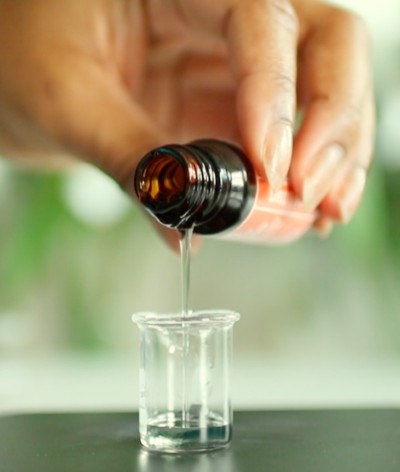
Cold weather draws out moisture from the outer layer of skin which weakens it, requiring increased cell turnover to keep it healthy and replenished. Not only do AHA’s gently exfoliate away the dead dry surface skin cells, revealing younger, plumper skin. But they’re also a humectant that attracts moisture to keep the cells plump, combating further dryness.
Please note: as with any exfoliant, AHAs increase sun sensitivity so products containing them should always be used with sunscreen.
Benefits of jojoba oil for skin
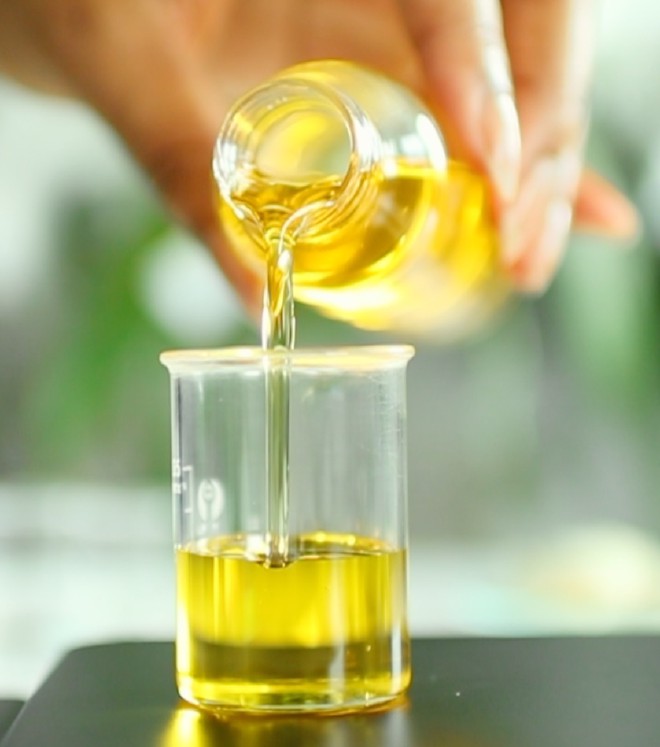
Despite its oil-like appearance, jojoba oil is actually a wax! It’s structurally the most similar to our skin’s sebum (natural oil) making it an incredible choice to use in face products or those targeted areas of sensitive skin. Due to its similarity to sebum, it can bypass typical issues you can face with oils like clogging pores, weighing down skin or triggering breakouts. In fact, jojoba oil not only dissolves into the skin, providing all-day moisture, it’s able to balance out your skin’s oil production which can help tremendously with dry, acne-prone or oily skin.
Jojoba oil can both mimic sebum or prevent more sebum from being produced depending on your skin’s unique over or underproduction of oil. This makes it one of the few emollients that can be truly beneficial for all skin types: oily, combination, dry or sensitive.
In addition to its moisturising properties, jojoba oil contains antimicrobial and anti-fungal properties that work together to keep skin healthy.
Additional Ingredients:
Coconut Milk Powder - derived from the flesh of coconuts, it possesses a similar host of benefits like coconut oil, without the facial skin irritation that can occur with some people. It traps moisture inside the protective barrier of the skin helping to keep it supple and hydrated; increases collagen production and is anti-inflammatory.
Shea Butter - a mainstay in any moisturising DIY! Shea butter is great for conditioning, toning and soothing the skin. This is due to its high concentration of vitamins and fatty acids. It’s an emollient which absorbs rapidly, sealing in the moisture.
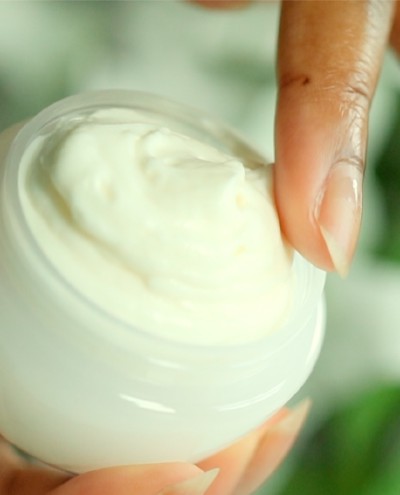
Chamomile Hydrosol - For extra soothing and moisturising properties, you could replace the water base in this recipe for chamomile hydrosol. This is a great option for those suffering from sensitive, or inflamed skin and provides a beautifully calming scent.
So with the winter months right around the corner, it’s time to crank up the heat and level up our skincare! Between the harsh winds, dry air and central heating, an all-out war is being raged on our skin! So now’s the perfect time to switch to a more moisturising rich face cream that can protect our skin during the colder months.